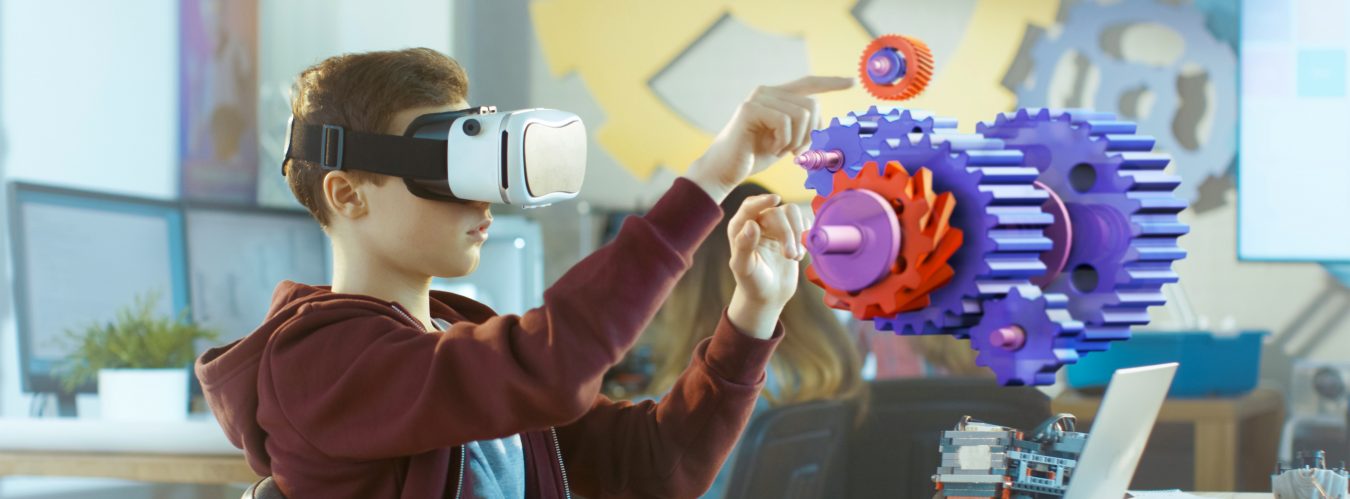Recently, Luke met with Ms Sharon Williams, a senior teaching fellow in the Fashion Design Department, Winchester School of Art to explore how digital accessibility has been improved.
This interview is the second in a series of three, in which the digital learning team will share our academic experiences of improving digital accessibility from a range of subject areas. The first in the series can be accessed on the digital learning blog. Book a 1-2-1 with Luke Searle to learn how to improve the accessibility of your learning content.
What does accessibility mean to you?
Accessibility means enabling learners with differing abilities so everybody has equal access to learning. In my remit, I consider the accessibility of my learning content and strive to design content that meets the needs of my students.
Tell us about how you first discovered the Ally tool?
I came across Blackboard Ally when I opened a module on Blackboard at the start of the academic year and saw the red, amber and green accessibility file indicators. So I clicked on the icons which opened the remediation guidance window, here it explained everything I needed to know, instead of having to attend a training session to use the tool I could start remediating right away. I did attend one of the Ally roadshows which helped me learn more about what I can do to make content more accessible.
Why does accessibility matter to you?
Accessibility impacts everybody, so, improving accessibility benefits everyone. Yes, it is primarily considered to ensure that people with impairments have equity in access to learning. However, it goes further than this. It begins to branch into learning content type preference. By using Blackboard Ally, I ensure that content that I upload to Blackboard is accessible and can be accessed in a variety of formats. The alternative formats feature helps learners with learning preferences since they can download an alternative format of the content I upload without me having to design this separately.
Our practical students have made great use of the alternative formats feature as they like to listen to content while they are designing and creating in the studio. I think it helps to immerse them into the learning space by providing multi-modal learning.
What is your strategy for making content accessible?
I try to ensure that the content I design is modest, this helps to limit the cognitive load on our students. This can be done by breaking content down. A good example of this is in PowerPoint presentations; Instead of cramming a lot of information on one slide, I can distribute this across several slides, this helps to keep students engaged. I have found this a particularly good strategy to support neuro-diverse students and students with experiences of mental health. One other strategy I have used is to ask my students what they want. I know, it can be that simple! By asking how they want the content presented to them, they are invested in the learning since they have been consulted and they want to see their suggestions reflected in the learning content.
Since the Ally roadshow, I have stopped using PDF files. It did take some getting used to since previously, PDF files were the de facto file format for print media. However, since learning content is being mainly shared online, it is best to keep it in its native format. This was one of the biggest changes I made to improve my accessibility score.
I have found it satisfying to repair a piece of content and watch the file score go from red to green. It shows me instantly that the module and content that I am remediating are improving.
What is an accessibility challenge you have overcome?
A challenge that I have overcome recently is designing content for non-native English speakers. Now while this isn’t an accessibility issue, ensuring that the wording of learning content is succinct helps reading comprehension which is key for students with English as a foreign language. Improving the accessibility of my learning content is as important since both considerations improve the quality of the content.
I thought the time it takes to remediate content would be a challenge. Nonetheless, it was quicker to upload the original file than to try to fix a PDF version of it. Also, it is reassuring that content can be reviewed and remediated when it is uploaded to Blackboard rather than needing it to be done all at once.
Another learning curve I had was considering and testing how content would be shown on mobile devices as well as desktop computers. This came about from asking my students, I was quite surprised by how many access Blackboard on a mobile device regularly. To overcome this, I check the content I upload with a mobile device to ensure content is accessible, easy to navigate and visible.

What are your next steps with your content design?
To continue asking my students how they would like their content delivered, each cohort is made up of different learners with varying requirements and preferences. I feel it is critical to understand my learners to be able to provide an engaging and equitable learning experience.
I am going to have a big content clear out, just before the end of term. Then only the content remaining will need to be remediated before the module is rolled over to the next academic year. I do like that the effort I put in now, is sustained into the future.
Sharon Williams, Fashion Design Department, Winchester School of Art
Support is available to help you improve the digital accessibility of your learning content.



